
6 minute read
Health Care
| HEALTH CARE | Vaccines arrive amid COVID-19 surge
BY SCOTT NUNN
On the morning of Dec. 17, New Hanover Regional Medical Center received nearly 3,000 doses of the Pfizer-BioNTech vaccine. Packed in containers resembling pizza boxes, the otherwise nondescript shipment was the most welcome news since COVID-19 surfaced here in March.
By day’s end, phlebotomist Karen Herring became the first person in New Hanover County to be inoculated. Following state and federal guidance, the initial shipment was designated for workers at high risk for exposure to the highly contagious disease, including anyone who interacts with or near infected patients. As of Dec. 22, more than 2,000 NHRMC employees had received the vaccination, which is voluntary.
NHRMC’s chief physician executive, Philip Brown, called it “the beginning of the end for [the] COVID19 pandemic.”
The shot of hope would be tempered, however, when officials announced that on the day the vaccine arrived, a record 198 new cases were reported in New Hanover County.
It was the worst day for case counts in what already was stacking up to be the pandemic’s worst month. Even before the record was set, officials were sounding alarm bells after a post-Thanksgiving spike in cases. In a Dec. 16 video message, assistant health director Carla Turner said a record 156 new cases had been reported that day. On Dec. 3, 107 new cases were reported, the first time the county’s daily count surpassed 100. (As of Dec. 22, there had been nine days with more than 100 new cases.)
“We are very comfortable in saying that this recent surge in cases can be attributed to activity over the Thanksgiving holiday,” Turner said. “People got together with family and friends that maybe they hadn’t seen in a while, and what this does is it increases your exposure to COVID-19.”
The spike in December also was deadly. Over the seven-day reporting period of Dec. 12-18, the disease killed nine county residents, the most in any week in the county. As of Jan. 4, New Hanover County had reported 9,917 cases and 91 deaths. In Brunswick County, there had been 4,751 cases and 74 deaths, and in Pender County, there had been 2,962 cases and 22 deaths. Statewide, there has been 570,111 cases and 6,941 deaths.
By contrast, the 2019-20 flu season saw 186 deaths statewide, four of them in New Hanover. As of Dec. 22, only one person in North Carolina had died from the flu. A SECOND VACCINE
As vaccinations were underway at NHRMC, New Hanover County Public Health received 4,800 doses of the Moderna vaccine Dec. 22 and immediately began administering it to employees. The vaccine received emergency approval a week after the Pfizer-BioNTech vaccine. The first Moderna vaccinations were given to the public health workers who are performing COVID-19 testing and will be administering the vaccine to the public.
Under Phase 1 of the county’s plan, the vaccine initially will be given to residents and workers at longterm care facilities, first responders, health care workers and adults 65 or older with multiple underlying health conditions.
Phase 2 vaccinations will be given in jails and other congregate living facilities, to people with chronic health conditions and those from historically marginalized communities. Phase 3 includes frontline workers in other essential businesses, college students and children 16 and under (if approved at the time). Phase 4 will be for the general public. Phase 1 is expected to take several weeks and the entire plan to take approximately nine months.
“In the coming months, Public Health will be setting up sites for vaccine administration. Many physician offices will eventually have the vaccine,” said New Hanover County Health and Human Services Director Donna Fayko.
Both the Pfizer-BioNTech vaccine and the Moderna vaccine require a
PHOTO C/O NEW HANOVER COUNTY A shot at health: Oliver Grimsley administers the Moderna COVID-19 vaccine to fellow nurse Panza Allen McNeill on Dec. 22 at the New Hanover County Public Health Department.
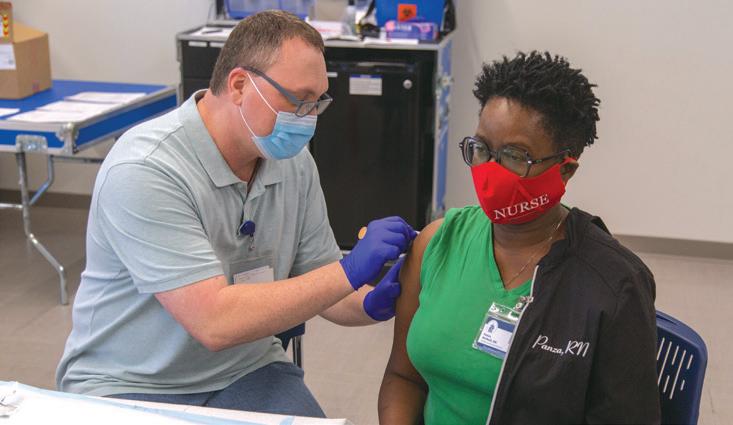
second dose three to four weeks after the initial vaccination. Both have shown to be about 95% effective in preventing symptomatic COVID-19 infection, with that level of protection starting as early as seven days after the second dose. ‘SUBSTANTIAL SPREAD’
As a result of the spike in cases, New Hanover County’s designation on the state’s COVID-19 Alert System was elevated from yellow (significant community spread) to orange (substantial spread) on Dec. 22. Pender County was elevated from orange to red (critical spread) and Brunswick County remained orange.
The alert system is updated every two weeks and looks at the most recent 14-day period. County designations are based on the number of new cases per capita, percent of positive test results and impact on hospitals, which was rated “low” for the three local counties. HEAVY TOLL ON ELDERLY
As has been the case throughout the pandemic, the death toll has fallen most heavily on older people. Through the middle of December, 80% of COVID deaths nationwide had been among people older than 65. The number is similar in North Carolina (82%). Of the nine deaths in New Hanover County in the Dec. 12-18 period, one person was in their 50s, two in their 60s, two in their 70s, three in their 80s and one in their 90s. All were considered to be at increased risk of severe illness because of their age or underlying health conditions, county health officials said. NHRMC IN EYE OF THE STORM
Locally, NHRMC employees remain on the frontlines of the COVID response. Since the disease began to spread here, over 1,000 COVID-19 patients have been hospitalized at NHRMC, 141 of whom died. (In addition to New Hanover, NHRMC serves six other counties in the region.) On an average day in mid-December, about 50 COVID patients were hospitalized at NHRMC.
The 7,000-employee health system expected to finish administering its initial 3,000 doses by Christmas and another 975 doses were received Dec. 22, according to spokesman Julian March. UNCW SEES IMPROVEMENT
As the virus has worsened here, one big part of the wider community has seen an improvement. After a spike in September, COVID-19 cases dropped significantly at the University of North Carolina Wilmington.
The university began last year’s spring semester with a dorm designated exclusively for quarantine. At one point in early September, nearly 50% of the 150 quarantine beds were occupied. By the end of September, that number had fallen to about 10%, where it stayed for the rest of the semester. The improvement came after a series of changes, including moving more residential students into single-occupancy rooms.
Residence halls closed Nov. 25 and classes will not resume until Jan. 20, a date that was pushed back to help reduce COVID spread. As with the fall semester, UNCW will offer a variety of ways to take classes.
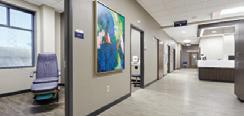

founded in 1961 as a general contractor and real estate developer
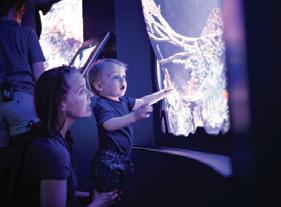
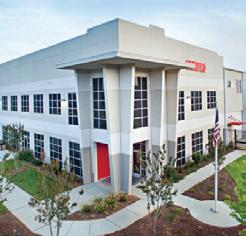

#34 ENR Ranking for Southeast Top Contractors
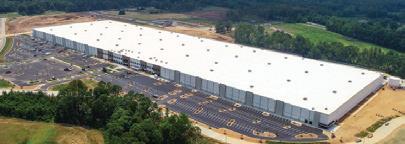

17-year award-winner of NC Dept. of Labor Gold Safety Award

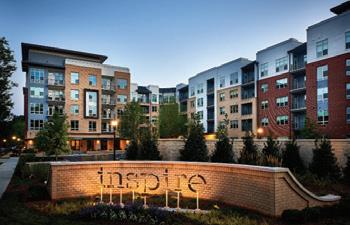
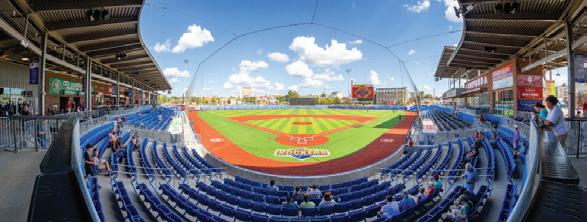
Robust MWBE Program for minority participation and mentorship on projects






